
Surviving the Flood - How Data Centres and the Internet Must Face Climate Change
• 5 min read
As the world gets warmer and the tides continue to rise, the Internet as we know it is going to have to adapt in order to face the risks of climate change.

Articles
Likes on articles
George Michaelson is currently APNIC's senior R&D scientist. Recently, he has been working on long-baseline IPv6 and DNS statistics using Internet-wide end-user measurement, services logging, audit and analysis, and design and implementation of the Internet Number Resource Certification framework. George is a member of the BCS, and a founder member of the Australian chapter of the Internet Society. He participates regularly in IETF standardisation meetings, and co-authors Request For Comment (RFC) documents, technical drafts, and conference and peer-review papers. George graduated from York University in 1982 with a BSc in Computer Science. His career in the United Kingdom and Australia has pursued research and development in computer science, networking, and systems administration.

• 5 min read
As the world gets warmer and the tides continue to rise, the Internet as we know it is going to have to adapt in order to face the risks of climate change.
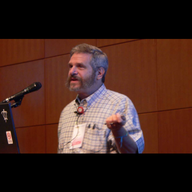
• 7 min read
Simple yet crucial ways to ensure your ROAs are functioning as they should.
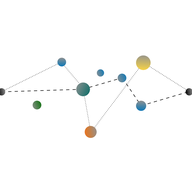
• 16 min read
What are ping and traceroute, really? They’re part of the control plane, and the data plane, kind of…

• 20 min read
This is a story about science and data and how we need to apply rigour if we want to use data to inform and influence policy decisions. It is also a story about HTTPS.
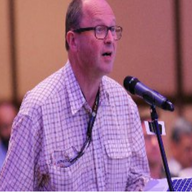
• 3 min read
At the IETF 98 meeting in Chicago, there was a BoF session dedicated to IP address management tools and how they could possibly be standardised.
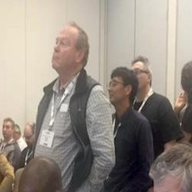
• 2 min read
The IPv6 Operations Working Group (v6ops) met here in Chicago. It was a packed room with lots of great energy and many constructive conversations about work in progress.

• 11 min read
The issue of the relative sizes of the IPv4 and IPv6 Internet in BGP came up during discussion at the APNIC/APRICOT meeting held in Auckland, New Zealand earlier this year.

• 8 min read
Wouldn’t it be nice if turning on IPv6 really was ‘press one button and the rest is magic’ easy?

• 8 min read
The adoption of the RPKI system is growing rapidly. To make sure the system scales, we’ve developed a new protocol that should drastically improve fetch times for RPKI repositories. This article explains how.
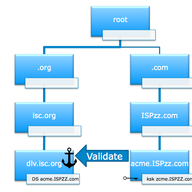
• 4 min read
The Domain Name Service Look-aside Validation Service (DLV) was an idea which was useful in the transition from a non-signed DNSSEC root to the current globally visible DNSSEC trust anchor. Now a significant number of people in the wider Internet may be running (particularly) Linux distributions th…